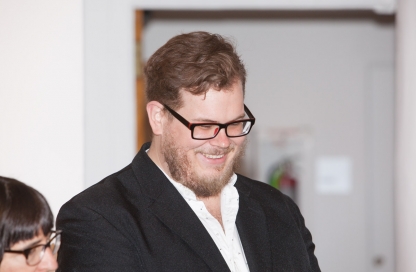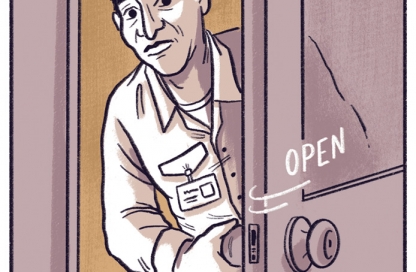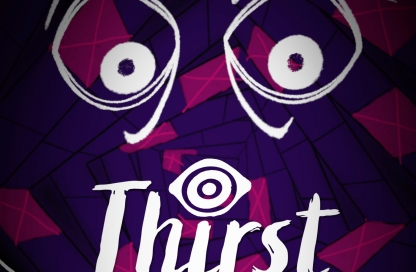a brief history of comic cons
Comic cons were all about comic books, once.
My first comic con was in Santa Fe, NM. 1981. It was in a small bookshop called Book Mountain. Six tables, six guys, thirty or so boxes, and a lot of talk about John Byrne’s latest cover for the X-Men. Number 143 to be exact. That’s the one with the Aliens-inspired bad guy about to attack Kitty during the Xavier mansion’s X-mas celebration!
“The cover hates Jews,” said one kid.
“Huh?” I responded, defensively, being a Jew.
“Kitty Pryde is Jewish,” he shot back.
“So what?” grunted a grown man, who couldn’t believe he was stuck in a comic convention with approximately 10 people.
“So, you don’t say Merry Christmas to a Jew.”
“I say Merry Christmas to everyone,” the guy grunted again.
“I don’t think John Byrne likes Jews,” the kid concluded.
“Terry Austin drew the picture, genius,” the guy grunted a final time, sliding a copy of Uncanny X-Men #143 across his table.
We looked at the signature. Yup, Terry Austin. The kid shrugged and started commenting on something else in the comic book world. Incorrectly. I went back to cross checking my want list with the long white boxes of four-color escape hatches.
Because that’s what comics are, right? Escapes into another world, 22 pages (or so) at a time. These days, there’s a lot of talk about serials, and shorts, and Netflix binging — all meant to describe stories that lead you along a chapter at a time. Story gems that end with a cliffhanger, followed by a phone call/tweet/post between friends to discuss.
The draw of comic cons back in the early days (even before the 1980s, if you can believe it!) was to celebrate those stories. To spend a couple of days swimming in a distinct scent of pulp paper and whatever the guy closest to you was eating for lunch. Fans of Byrne found each other and talked all-things-Byrne. Fans of Starlin used the power cosmic to hook up near a vendor who spotlighted the most Starlin books on his wall. For local cons, the biggest draw was the comic book seller with the most boxes. For the larger cons, the big draw was Stan Lee or Jack Kirby, every time — but Carmine Infantino would definitely do. Or Shel Dorf. Or Will Eisner!
The fact is, the first conventions were similar to the one I enjoyed in 1981.
“In 1964, about a hundred people found themselves in a New York City union meeting hall, a large open room with wooden folding chairs, looking around at each other oddly, surprised, not really knowing what they were there for, a bit sheepish, waiting for whatever was going to take place to begin. … It was the first comics convention ever [and t]hat one-day assembly … grew step by step into an annual tradition in New York and then elsewhere.” So said Phil Seuling, founder of the New York Comic Art Convention, in the 1977 Comic Art Convention program book.
shathley Q, a fantastic writer, documented the history of comic cons at Pop Matters. In his piece he tells of Phil Seuling’s plans for his events. It wasn’t that Seuling wanted to buy or sell comics, even though he was a fan. Rather, Seuling was interested in changing the way comic books were sold. The old newspaper model of selling pulp product dominated the thinking of comic book publishers. Seuling saw no reason for unsold comics to be destroyed. He knew there was a market for new and old comic books.
He was right.Getting comic lovers together to talk, buy, sell and brainstorm changed the way the industry saw itself. While it took 20 years to create a vibrant direct market (where pulping was history, and the comic stores enjoyed higher risk and more reward) it started with gathering fandom under one roof. From there, comic shops grew in number and became the place where we all socialized in-between conventions. Those stores, a local microcosm of fandom, were a second home to a huge number of today’s comic, TV and film creators.
While most of us weren’t around for the early events, there are a number of ways we can take a trip back in time to feel the vibe. Comic Convention Memories has a fantastic post that must be heard to be believed. In 1975, Alan Light recorded some of the San Diego panels, allowing us to hear all about comics from Ray Bradbury, Jack Kirby, Jerry Siegel, Stan Lee, and Will Eisner. My favorite sound clip is Steranko saying, “Jack is being modest, but I have to say he’s the best comic book artist in the world. The best to ever live. The best who ever WILL live!”
The San Diego Comic Con now defines comic conventions in most minds. But, as we all know, comic books are a small part of its offering. The mythology around the characters we love is celebrated, with movies, cosplay, games and collectibles growing from the fertile ground of art and commerce to feed our hunger. The national comic conventions have gone from being a celebration of the comic characters and creators we love, to a celebration of the iconic characters and creators we love. Wolverine is as much a part of our cultural history now as Jay Gatsby, or Rocky Balboa, or Dorothy. It used to be that buying (and enjoying) a comic made you part of a small community. Now it makes you part of the fabric of our world.
And it all started with gathering fans in a room to feed their passion.
Want to read more about the history of comic conventions, and how they changed popular culture forever?
For more by Ben check out his site benzackheim.com








